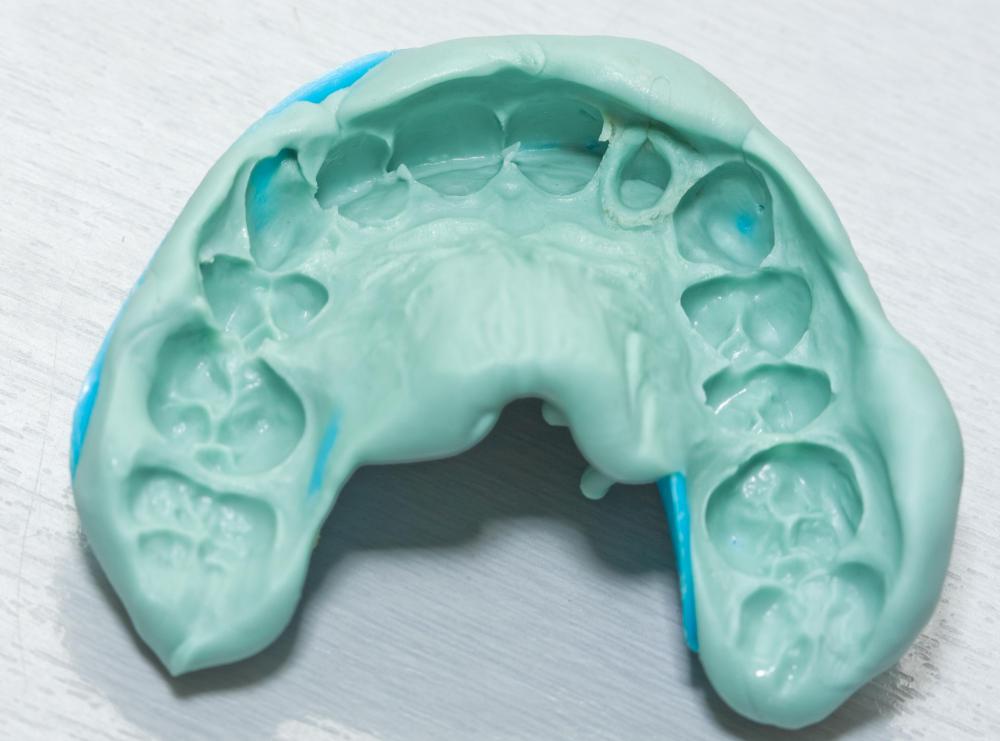At TheHealthBoard, we're committed to delivering accurate, trustworthy information. Our expert-authored content is rigorously fact-checked and sourced from credible authorities. Discover how we uphold the highest standards in providing you with reliable knowledge.
What is a Fixed Bridge?
A fixed bridge, also sometimes called a fixed partial bridge, can replace one or more missing teeth. In other words, it will bridge the gap between teeth. A fixed bridge may be an ideal alternative for patients who wish to avoid getting dentures.
Tooth loss can occur for many reasons. A person may lose one or more teeth due to physical trauma, such as a car accident. Or he may suffer from tooth decay, in which case the infected teeth will need to be pulled out. Periodontal disease, or gum disease, can also result in loss of teeth.

Missing teeth may cause additional problems for those that remain. The neighboring teeth may tilt or drift. This may result in damage to the underlying bone structure. The exposed area will also be more susceptible to decay and, eventually, periodontal disease. This can result in further tooth loss.
Patients who decide to have a fixed bridge installed can help prevent these problems. Artificial, implanted teeth can improve a person’s appearance by maintaining the shape of the face. They can also improve basic functions, such as chewing and speaking. Artificial teeth can be altered to resemble the color and tint of the remaining natural teeth.
There are three types of fixed bridges. With the traditional fixed bridge, the pontic, or false tooth, is fused into the area of the missing tooth. It is held there by two porcelain crowns on either side of the pontic.

If the missing tooth is a front tooth, a resin bonded bridge is typically used. Metal bands are fused with resin to the natural teeth on either side of the pontic. The pontic is attached to the metal bands. Both the metal bands and the resin will be hidden from view.
A dentist may recommend the third type of fixed bridge, the cantilever bridge, if the patient has natural teeth on only one side of the area of tooth loss. In this procedure, the pontic can be anchored over the adjacent, natural tooth. The cantilever bridge is also typically used for front teeth, because they undergo less stress during biting.
Procedures for installing a fixed bridge are fairly simple. At the first appointment, the dentist will reduce the teeth that will be the anchors for the pontic. Then he will cast an impression, from which he can fashion the false tooth. At the second appointment, the dentist can fit the bridge into the patient’s mouth. The patient may need additional appointments to have the false tooth shaded to the tint of his natural teeth.
Proper oral hygiene is required for the proper care of natural and artificial teeth. The patient should meticulously clean the teeth to avoid any accumulation of rotting food particles and plaque. Fixed bridges have a typical lifetime of about ten to 15 years, provided they are cared for properly.
AS FEATURED ON:
AS FEATURED ON:












Discuss this Article
Post your comments